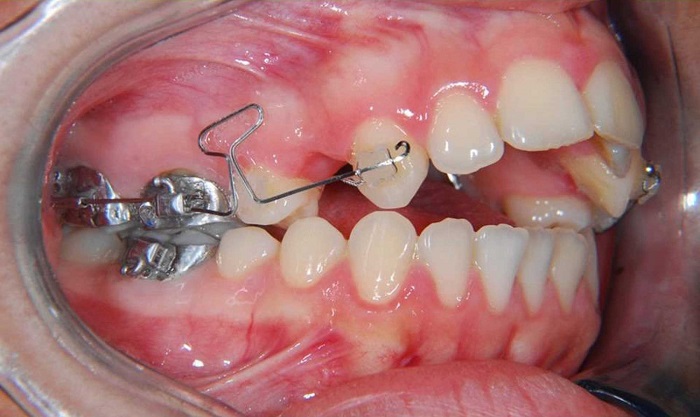What Is Space Closure in Orthodontics?
Have you ever wondered what space closure in orthodontics is? In this blog post, we will explore this topic and provide a better understanding of what space closure in orthodontics is. Space closure in orthodontics is a procedure that is completed after the teeth have been moved into the correct position. This procedure is meant to close the gap between the teeth and make them more even. It is important for patients to complete their space closure. If not completed, the teeth can continue to move and lead to other issues.
If you are one of the many people considering orthodontic treatment, you are undoubtedly curious about the process and outcomes. Some clinics like smile design. One of the main aspects of orthodontics is space closure.
In orthodontics, space closure refers to the process of bringing opposing teeth or segments of teeth together. It is performed by applying force between the tooth and bracket, usually occlusal or buccal. In some instances, it involves the rotation and tipping of the teeth. The force that is applied depends on the size of the gap and the number of side effects. The procedure can take anywhere from two to thirty months.
One of the most challenging processes in orthodontics is space closure. The biomechanics of this process is vitally important because it helps clinicians determine which anchorage methods will work best. Typically, space closure uses sliding or frictionless mechanics. With sliding mechanics, elastics and coil springs are used to close the space site. The brackets are then moved along the archwire, causing it to complete the space.
The main mechanical loop properties include M/F ratio, load and deflection ratio, and vertical force generated. In the case of orthodontic space closure, the M/F should be high or low, depending on the severity of the space closure. If there is a large gap, there is a higher likelihood of teeth tipping, so a high M/F ratio is needed to keep teeth upright. When space closure requires a low M/F, the M/F ratio is appropriate.
ER and TSR are efficient methods for space closure, but the length of retraction needs to be studied in order to optimize its effectiveness. In the present study, only a single study has provided a descriptive analysis of space closure time for each premolar. In another study, patients had different closing times for incisors. There is a lack of data on the timing of space closure in orthodontic patients.
In orthodontics, space closure is often accomplished by using loops that act as potential energy-loaded springs. This method requires two steps and retraction of the anterior segment simultaneously. This method is more complex than en masse retraction, but its mechanical properties have been proven effective in patients. The aim of the review was to evaluate two methods in the field. In each case, en masse retraction was more complex than the latter, but the authors were able to achieve the desired results with this technique.
The mechanism of space closure is the most complicated process in orthodontics. The biomechanics of the process is essential in choosing the correct anchorage. The mechanical properties of each of these two methods are critical for the success of the treatment. In addition, the technique also requires the use of a loop. It is usually used in conjunction with another technique. When using a TSAD, the surgeon must ensure that the implant is secured in the archwire before the teeth can be moved.
The method used to close the gap between the teeth is called loops. These are potential energy-loaded springs composed of regular orthodontic archwires. Each loop has specific mechanical properties that must be studied before it can be used effectively in orthodontics. The mechanics of space closure are critical in the successful movement of teeth. For this reason, the use of this tool is vital for a successful treatment. The procedure must be safe for the patient.
An orthodontic device, such as a bonded bridge, can close a space in the mouth. This method, known as a splint, allows the dentist to replace a missing tooth with a different one from the same person. The prosthesis is an ideal solution for a space that has been created due to dental trauma. If the gap is not closed properly, the procedure can be repeated with the use of a splint.
Closing the space is a difficult and complicated process. In orthodontics, a single orthodontic device is often used. However, there are some advantages to both approaches. Both methods can be successful in certain situations, but they should be carefully chosen for the right patient. While there are several pros and cons to each method, both methods are highly effective. And the best way to close a space is to use it as a tool that will move teeth.




